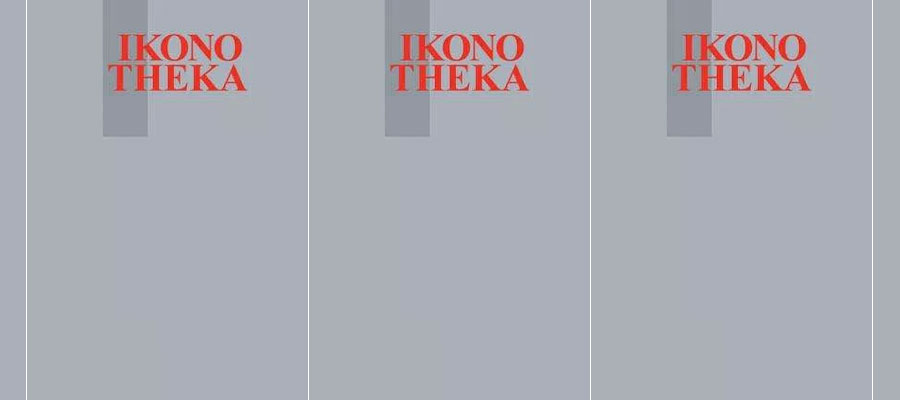For its XXXI issue, Ikonotheka invites scholars to send article proposals on the topic: "(re)Interpreted, (re)Imagined, (re)Constructed: Medieval Art and Medievalisms in Central Europe after 1945".
In Central Europe, the year of 1945 brought about not only new borders but also a new socio-political system, accelerated modernisation, and the promise of a “brave new world” which was to be founded on the ruins of the past. However, the ideological drive towards the future was supplemented by a turn towards a specifically understood distant history, often phantasmagorical and imagined. Interestingly, it was the Christian Middle Ages, with its feudal system, visual culture, and its traces in the form of medieval artifacts and architecture, that gained an important role in establishing the communist and socialist utopia. It was not the first time that the Middle Ages had become the subject of medievalist practices and ideologies in Central Europe, including creative adaptations, programmatic redefinitions, nationalist appropriations, and ideological revaluations. “Rediscovery” of the Middle Ages in the Long Eighteenth Century and the appreciation of the medieval legacy, especially of the Gothic, followed by the formation of nationalisms and the negotiation of collective national identities in the 19th century, already ensured the Middle Ages a permanent place in the historical and national discourses of many states and national communities in Central Europe.
The latest issue of Ikonotheka intends to trace the emergence of new interpretations and medievalist imagery over the last several decades, as well as the post-WWII fate of medieval art and architecture in Central Europe. We also wish to address a variety of medievalist discourses that emerged after 1945: particularly their origins, uses, reception, and legacy. In addition to investigating the post-WWII politics and aesthetics of heterogeneous medievalist narratives, we also hope to critically reflect on the enduring appeal of the Middle Ages from the late 1940s until today.
Possible topics may include:
- transregional/transnational medievalisms in Central Europe
- medievalism and medieval art as contested heritage
- medieval pasts and multidirectional memory after 1945
- the “communist/socialist” Middle Ages
- the place and role of medieval art in the post-war public space and its symbolic, mythological, and subversive potential
- reconstruction, creation, and intentional destruction of medieval artworks, as well as social, political, economic, and diplomatic contexts of such actions, including manipulations and confabulations
- notions of originality, truth, and falsity in restored, reconstructed, and constructed works; the limits of conservation and ideological creation
- institutional appropriation and re-contextualisation of “foreign” medieval art in museums and academic discourse
- translation and adaptation of medieval artworks to new places, contexts, and settings
- new media and technologies used for reinterpretation, reimagining, and reconstructing of medieval art
- medievalism and the visual culture of Central Europe (film, television, theatre, etc.)
- medievalisms in the 21st century
The deadline for abstract submission is 30 April 2021, for articles 30 September 2021.
Guest editor: Agnieszka Patała, University of Wrocław
